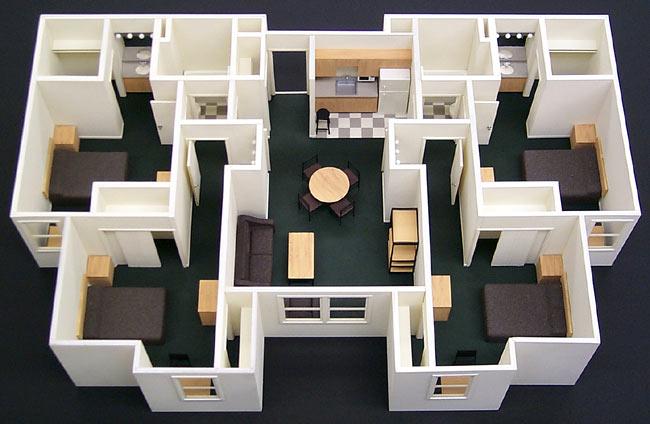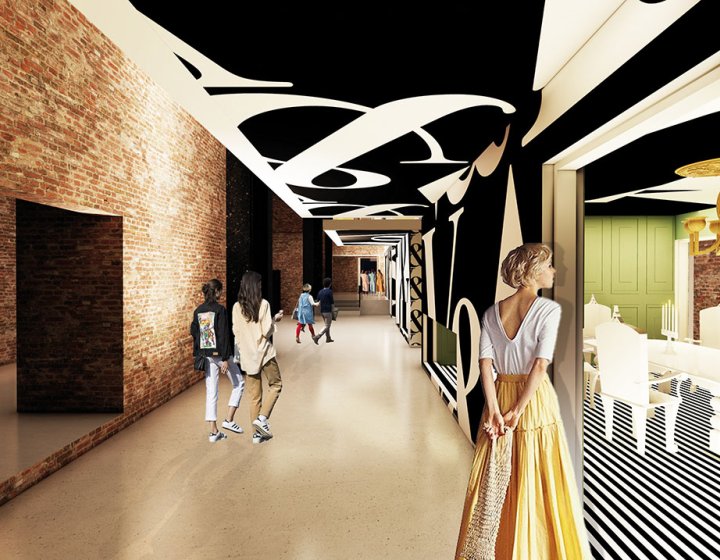The Art of Equilibrium: How Interior Design and Home Architect Collaborate for Stunning Outcomes
In the world of home style, striking an equilibrium in between visual appeals and performance is no little accomplishment. This fragile balance is accomplished through the harmonious cooperation between indoor developers and designers, each bringing their special expertise to the table. The outcome? Rooms that are not only aesthetically spectacular however likewise incredibly habitable. This perfect mix is not always easy to attain. Remain with us as we discover the details of this joint process and its transformative influence on home design.
Comprehending the Core Differences Between Interior Decoration and Home Style
While both Interior Design and home architecture play essential roles in creating visually pleasing and functional rooms, they are inherently different disciplines. Home style mostly concentrates on the structural facets of the home, such as constructing codes, safety and security laws, and the physical building and construction of the space. It manages the 'bones' of the structure, dealing with spatial dimensions, load-bearing walls, and roofing layouts. On the other hand, Interior Design is more concerned with improving the visual and sensory experience within that structure. It includes choose and preparing furniture, picking color plans, and integrating decorative aspects. While they operate in tandem, their functions, obligations, and locations of knowledge deviate dramatically in the creation of a harmonious home atmosphere.
The Synergy In Between Home Style and Interior Layout
The harmony in between home style and Interior Design exists in a common vision of style and the enhancement of functional aesthetics. When these 2 areas straighten harmoniously, they can change a living area from normal to amazing. This collaboration requires a deeper understanding of each technique's principles and the capacity to create a natural, aesthetically pleasing atmosphere.
Unifying Style Vision
Linking the vision for home style and interior layout can create a harmonious living room that is both useful and cosmetically pleasing. It advertises a synergistic strategy where building elements complement interior style parts and vice versa. Hence, unifying the design vision is essential in mixing design and indoor design for magnificent outcomes.
Enhancing Useful Aesthetic Appeals
Exactly how does the synergy in between home style and indoor style boost practical aesthetic appeals? Engineers lay the groundwork with their structural layout, making certain that the room is practical and efficient. An architect could develop a residence with large windows and high ceilings.
Relevance of Collaboration in Creating Balanced Spaces
The cooperation in between interior developers and engineers is critical in creating balanced areas. It brings consistency in between design and design, providing birth to areas that are not only cosmetically pleasing but additionally practical. Exploring successful collaborative techniques can provide insights into just how this harmony can be properly attained.
Harmonizing Design and Architecture
Balance, a necessary facet of both Interior Design and architecture, can only truly be attained when these 2 fields work in consistency. This consistency is not simply a visual consideration; it impacts the functionality, longevity, and eventually, the livability of a space. Inside architects and developers have to recognize each various other's functions, value their expertise, and interact successfully. They need to think about the interaction of structural aspects with decoration, the circulation of areas, and the impact of light and shade. This collective procedure causes a cohesive, balanced layout where every element has a function and adds to the total aesthetic. Consequently, integrating design and architecture is not nearly developing lovely rooms, however regarding crafting spaces that work perfectly for their occupants.
Successful Collective Techniques

Case Studies: Effective Combination of Style and Style
Taking a look at numerous instance research studies, it comes to be obvious exactly how the effective combination of Interior Design and architecture can change a room. The Glass Residence in Connecticut, renowned for its minimalistic style, is one such example. Architect Philip Johnson and interior developer Mies van der Rohe collaborated to develop an unified equilibrium between the structure and the interior, leading to a seamless flow from the outside landscape to the inner living quarters. One more prototype is the Fallingwater House in Pennsylvania. Designer Frank Lloyd Wright and interior developer Edgar Kaufmann Jr.'s collective initiatives result in a strikingly one-of-a-kind residence that blends with its natural environments. These study highlight the profound impact of an effective layout and style cooperation.

Overcoming Difficulties in Layout and Design Partnership
Despite the indisputable advantages of a successful collaboration in between Interior Design and architecture, it is not without its obstacles. Interaction issues can occur, as both events may use various terminologies, understandings, and strategies in their work. This can result in misconceptions and hold-ups in job conclusion. Another major difficulty is the harmonizing act of visual appeals and performance. Designers may prioritize structural stability and safety and security, while developers concentrate on convenience and style. The integration of these objectives can be complex. Additionally, budget plan and timeline restrictions frequently include stress, potentially causing breaks in the collaboration. Reliable interaction, shared understanding, and compromise are crucial to get over these obstacles and accomplish a effective and harmonious collaboration.

Future Fads: The Developing Partnership In Between Home Architects and Inside Designers
As the world of home style proceeds to evolve, so does the partnership in between engineers and interior designers. The trend leans towards an extra incorporated and collaborative technique, damaging without standard roles. Architects are no more exclusively concentrated on architectural honesty, however also participate in enhancing visual charm - Winchester architect. Conversely, indoor designers are embracing technological aspects, affecting general layout and capability. This progressing symbiosis is driven by developments in technology and the expanding demand for rooms that are not only aesthetically pleasing however lasting and also functional. The future promises an extra cohesive, cutting-edge, and flexible technique to home layout, as designers and designers continue to obscure the lines, promoting a connection that absolutely personifies the art of balance.
Verdict
The art of balance in home design is accomplished via the unified collaboration between indoor designers and architects. An understanding of each other's self-controls, click here reliable interaction, and read more shared vision are essential in producing aesthetically magnificent, useful, and welcoming spaces. Despite challenges, this partnership promotes development and technology in layout. As the relationship in between home architects and indoor developers evolves, it will certainly continue to form future fads, boosting convenience, performance, and individual expression in our space.
While both indoor design and home style play essential duties in producing visually pleasing and functional rooms, they are naturally various techniques.The harmony in between home style and indoor design lies in a common vision of style and the enhancement of useful looks.Merging the vision for home architecture and interior style can produce an unified living space that is both functional and cosmetically pleasing. Thus, unifying the design vision is essential in mixing style and indoor layout website for spectacular outcomes.
Exactly how does the synergy in between home style and interior design enhance practical visual appeals? (Winchester architect)